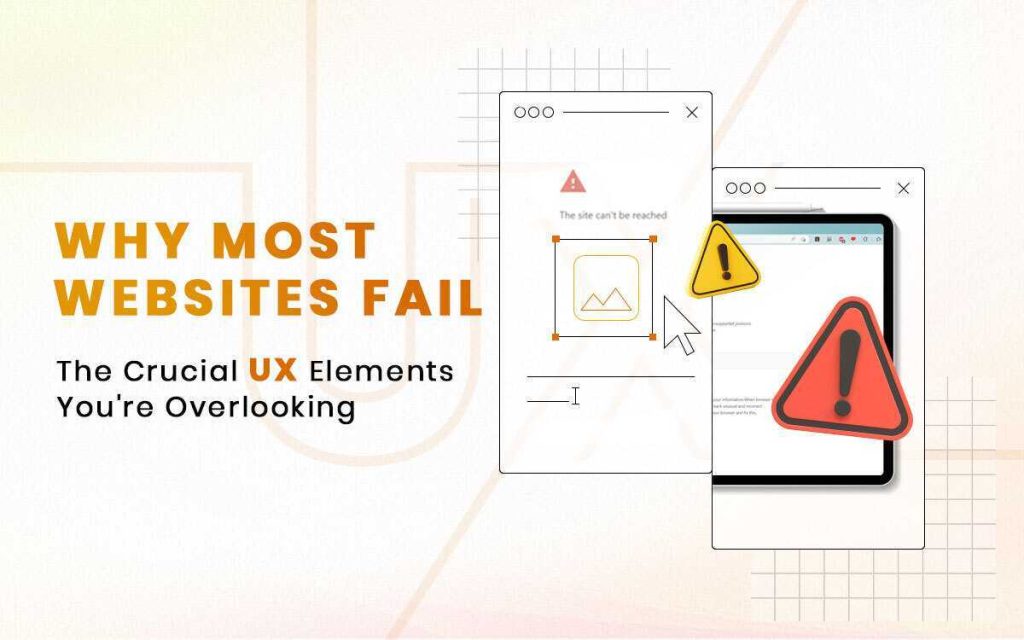In the quest for business growth, understanding customer satisfaction and loyalty is paramount. While many metrics can provide insights, there’s one number that stands out: the Net-Promoter Score (NPS). Calculating and leveraging your NPS can offer a clear path to increasing customer loyalty and, ultimately, business growth. Here’s how to make the most of this crucial metric.
Calculating Your Net-Promoter Score
The Net-Promoter Score is derived from a simple question posed to your customers: “How likely is it that you would recommend our company to a friend or colleague?” The responses, on a scale of 0 to 10, are categorized into three groups:
- Promoters (9-10): These customers are extremely likely to recommend your company. They are your most enthusiastic and loyal supporters.
- Passively Satisfied (7-8): These customers are satisfied but not actively promoting your business. They are neutral and could easily be swayed by competitors.
- Detractors (0-6): These customers are unlikely to recommend your company. They may even discourage others from doing business with you.
To calculate your NPS, subtract the percentage of detractors from the percentage of promoters. For example, if 50% of respondents are promoters and 20% are detractors, your NPS would be 30.
Companies that achieve world-class loyalty typically have NPS scores of 75% or higher. This elite level of customer satisfaction translates directly to robust business growth.
Using Your Net-Promoter Score
Your NPS provides invaluable insights into customer loyalty and satisfaction. By analyzing your scores, you can identify areas for improvement and share best practices across your organization. Here are some ways to utilize your NPS effectively:
- Regional and Branch Comparisons: Compare scores across different regions, branches, sales representatives, and customer segments. This can help you uncover root causes of differences and apply successful strategies from high-scoring groups to those that need improvement.
- Competitive Analysis: Survey your competitors’ customers using the same method to see how your company measures up. Striving to meet or exceed the high benchmark of a 75-80% NPS can be a powerful motivator.
Motivating Change
An NPS isn’t just a number—it’s a catalyst for change. Use it to communicate the importance of creating promoters and minimizing detractors throughout your organization. Here are some guidelines to foster a customer-centric culture:
- Ownership and Responsibility: Ensure that every employee knows which customers they are responsible for. The survey process and results should be owned and accepted by all business functions, not just the market research team.
- Transparency: Make NPS scores transparent throughout the organization. Share weekly or daily updates on the percentages (and names) of promoters, passively satisfied customers, and detractors. This keeps everyone focused on the goal: more promoters and fewer detractors.
- Urgency and Incentives: Tie rewards to score improvements. Give customers, in essence, veto power over raises and promotions. For instance, Enterprise Rent-A-Car has seen its growth outpace rivals by making field managers ineligible for promotion unless their branches meet or exceed the company’s average NPS.
Conclusion
The Net-Promoter Score is a powerful tool that can drive significant growth for your business. By understanding and acting on this crucial metric, you can enhance customer loyalty, reduce detractors, and create a thriving, customer-centric organization. Remember, in the race for business success, the one number you need to grow is your Net-Promoter Score. Start measuring, start improving, and watch your business soar.




